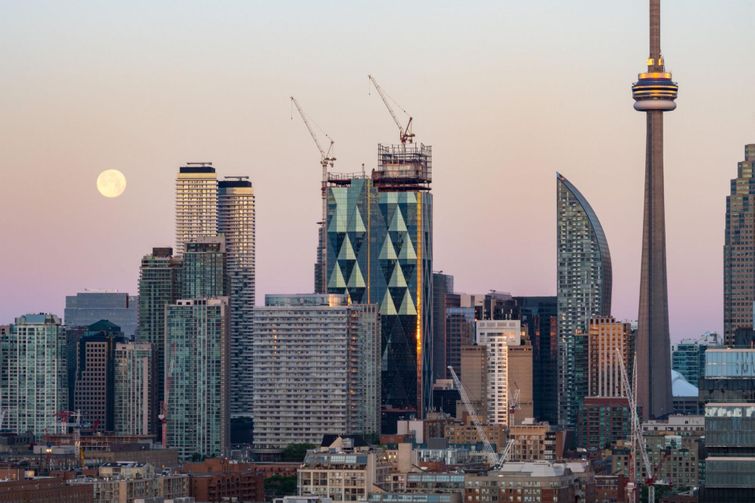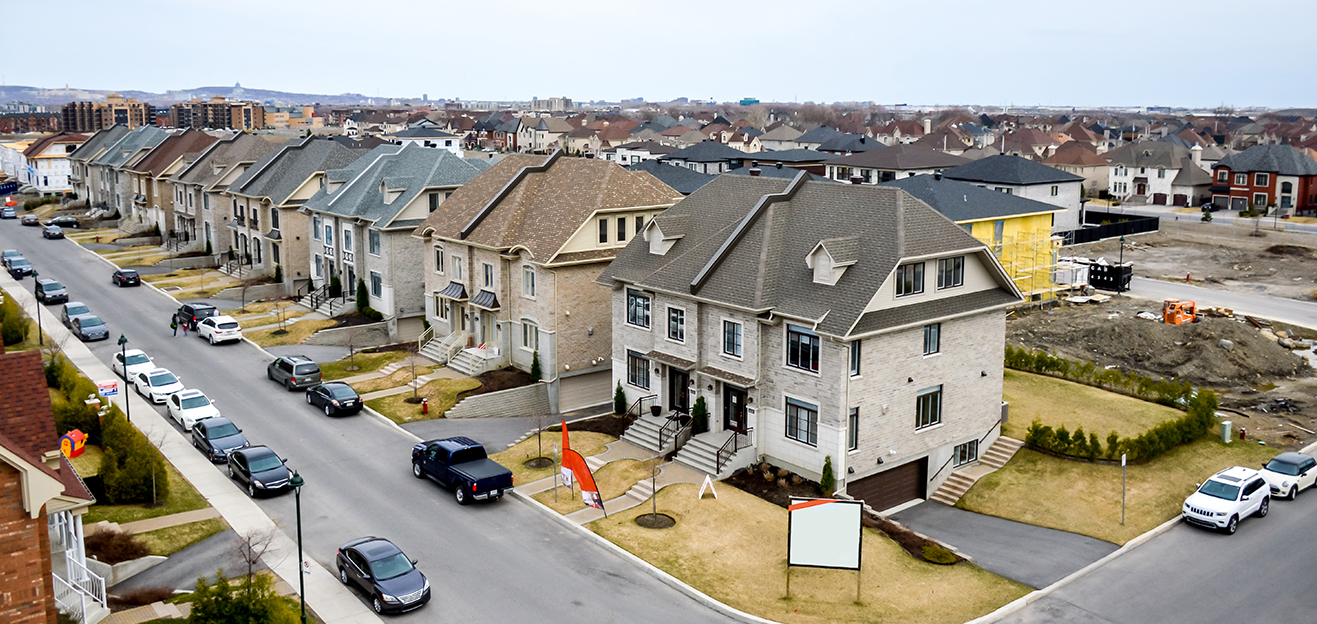Last Updated on October 24, 2023 by Corben Grant
For investors looking to buy in real estate, it’s important to look at some economic indicators of the area, so you can learn a bit about how your investment may perform. These indicators are great because they are usually collected and released regularly from reputable sources, meaning they are a reliable glimpse at information that is otherwise hard to determine for the average person. However, it’s important to understand what these figures mean and how you can properly put them in context.
This is especially important in real estate because the value of your home is affected a lot by factors that are out of your control. This is especially true if you decide to rent out your property as you will be taking income directly from the people you rent to, meaning how much they make is directly tied to how much you can make.
The city of Toronto is one of the hottest markets in the country and is getting more and more expensive each day. With such a high cost of living, how are people getting by in the city? Just how much does it cost to live there, and how much does the average resident make?
Average household income
Toronto has an incredibly wide range of people who call the city home, and with that comes a wide range of economic classes and earning levels.
The most recent income statistics available from Statistics Canada comes from 2019, and at that time, the average income (excluding zero figures) in Toronto was $49,800, while the median household income was $35,000. That’s moderately higher than the Ontario average from the same period at $49,500 and higher than the national average of $49,000. Toronto’s median figure was lower than both, hinting towards a relatively large amount of high earners in the city.

Overall, though people in the city make slightly more than other areas in the province, the cost of living in the city is more expensive as well. Homes in Toronto are among the most expensive in the country. As a result, about half of the households in the city rent rather than own. The average rent for a single-bedroom apartment in Toronto for December 2021 was $2,060 according to the Toronto Regional Real Estate Board. The city of Toronto estimates that about 43% of the renting population is spending more than 30% of their total income before taxes on rent.
Besides housing, there are many other costs of living in Toronto such as utilities, food, transportation, property taxes, and more. The cost of living in Toronto is generally fairly high. Though exact data is hard to come by, estimates place the cost of living for an individual at around $3,000 a month and above $6,000 for a family with children. A person making the median household income of $35,000 and paying $3,000 a month would actually come up $1,000 short by the end of a year.
Differences in income by area
The different areas in the city can tend to have pretty different average incomes as well. This is a result of the differences in available housing, job options, and more. Each area will attract a different age group, income level, and background.
The highest-earning areas in the city include the neighbourhoods of Rosedale-Moore park and Bridle Path-Sunnybrook-York Mills. Their average incomes are around 200% higher than the rest of the city on average. These areas tend to be known for their extravagant and expensive houses, meaning these numbers should be no surprise.
There are various pockets of lower-earning areas in the city. One notable would be the area in central Toronto around the university. The lower than average incomes here could be explained by the abundance of students who tend to be younger and less established financially with less time to work, therefore, earning lower incomes.
Why should you care about the average income?
For the average person who wants to live in Toronto, these numbers basically tell you what you should expect to earn in order to get by.
As a real estate investor, knowing about average incomes can tell you a lot , especially if you plan to rent your property. Rent often makes up one of the largest single expenditures for renters, and therefore, it’s closely tied to their incomes.
For example, if you are looking to buy a property, the average income in the area can tell you how much people are able to pay for their housing. This can then help you choose a property to buy. It wouldn’t make sense to buy a property that would require high rent to remain profitable in a neighbourhood where most people can’t pay that much.

You can also know what kind of people you will be renting to. Using the university area mentioned before as an example, you know that this area has a lot of lower-income students, meaning a lot of renters but who have less money. Other areas with higher incomes may have more families for example. Each group is going to have different requirements as a renter and be able to pay different amounts.
It can also help when it comes time to set your rent. If you can see that the area has had an increase in average income, you can conclude that your tenants may be able to afford a proportionate rise in rent. If you raise your rent higher than the average income could sustain, you risk missing out on tenants. Conversely, if you see incomes in the area dropping, it may be worth considering lowering your rents so tenants can still afford their homes.
Corben joined CREW as a relative newcomer to the field of real estate and has since immersed himself and learned from the experts about everything there is to know on the topic. As a writer with CREW, Corben produces informative guides that answer the questions you need to know and reports on real estate and investment news developments across Canada. Corben lives in Guelph, Ontario with his partner and their two cats. Outside of work, he loves to cook, play music, and work on all kinds of creative projects. You can contact Corben at corben@crewmedia.ca or find him on Linkedin at https://www.linkedin.com/in/corbengrant/.









